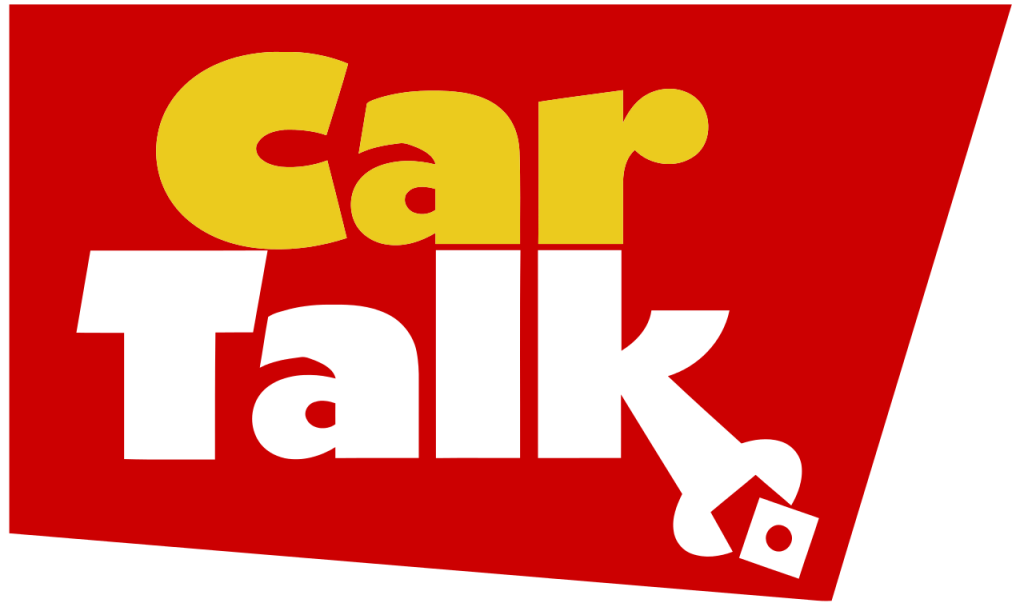DEAR CAR TALK: My 2015 BMW X3 is equipped with run-flat tires. My tire tread was measured, and I was told that I have “7s” on the front and “9s” on the back.
However, I recently got a flat tire on one of my rear 9 tires. So I bought a new tire and put it on the front, along with the other 9 that used to be on the back. Then I put the two 7s on the back.
Now I’m told that the new tire is bigger than the old 9 tire, and it will screw up my all-wheel-drive system. So I deflated the new tire a little bit (29 psi, not the recommended 30) and inflated the other 9 (to 32 psi rather than 30), and kept the rear 7s 35 psi, as recommended.
The purpose is to make the new tire a little smaller, so that it’s the same diameter as the 9 tire. Is this a good approach? Is it recommended? — Chen
RAY: No, and no. Toying around with tire inflation can compromise both safety and handling. And it’s not a very effective method of diameter control, anyway.
When a mechanic measures your tire and says it’s a 9, he’s not talking about how sexy it is. It means that you have 9/32 inch of tread left. Most tires start out with about 12/32. When you get to 2 or 3, you’ll see the tire’s wear bars, which means the tire is legally ready to become a swing. But in reality, most people will want to replace their tires before they get that worn out.
Stopping distances are much longer on wet roads when tread depth gets below about 4/32. And performance on snowy roads degrades below 5/32. And since you bought an all-wheel-drive vehicle, I’m guessing that weather is an issue where you live. That means those 7s are already near the end of their useful lives.
Also, you are endangering your all-wheel-drive system by using tires of different sizes. Your X3, like most all-wheel-drive vehicles, has a center differential. That allows all four wheels to turn at different speeds (which they must do) when the car is turning. But with different size tires on the car, the wheels will always be turning at different speeds, adding lots of wear and tear to the differential.
Manufacturers have different recommendations about how similar tires should be to one another (check your owner’s manual). But most suggest a tread difference of no more than 2/32 or 3/32 inch. So if you’ve got two 7s and a 12, you’ve got a problem.
One solution is to keep the new tire you bought, and buy three more. Expensive, but the best option from a mechanical point of view. Or, have that new tire “shaved” to match its axle-mate. That involves paying $30 to turn it into a tire with 15,000 miles on it. Most people resist that idea because it seems wasteful.
But compared to the cost of three more new tires, shaving or matching the new tire may be the way to go. Two 9s up front, two 7s in the back. Not ideal, but acceptable to most manufacturers.
Of course, once those 7s wear out, you’ll have this problem all over again. You may want to look for a tire dealer who gives you a free sandwich with every six tires you buy. Good luck!
Got a question about cars? E-mail Car Talk’s Ray Magliozzi by visiting the Car Talk website, www.cartalk.com.
Send questions/comments to the editors.



Comments are no longer available on this story